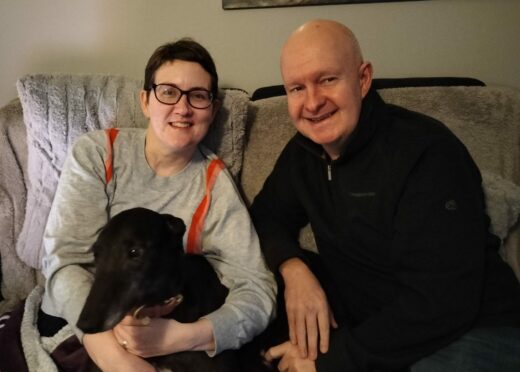
Workers with disabilities and long-term conditions are being held back as too few companies mention flexible working in job adverts, according to research.
A study by Flexibility Works, who aim to encourage employers to adapt to workers’ needs, shows that just 27% of postings mention any form of flexible working.
It comes as four in ten Scottish workers with a disability or long-term health condition say they’d like more flexibility specifically for physical health reasons.
Among workers currently thinking of changing jobs, 70% of those who have a disability or long-term health condition say flexible working is important when deciding whether to apply for, or accept, a role, compared to just 47% for salary.
Lisa Gallagher, co-founder and director of Flexibility Works, a social business funded and supported by the Scottish Government, said: “One of the silver linings from the pandemic has been more flexible working.
“Particularly for people with a disability or long-term condition, extra flexibility has been hugely beneficial both in terms of giving them more control over how, when and where they work and in normalising flexibility they had pre-Covid that, back then, often made them feel like the odd one out.
“But there’s a barrier at the point of recruitment. While many workplaces are much more flexible in practice, they often don’t say this in job adverts.
“We’re concerned that if this doesn’t change, people who need some flexibility to work and manage their health will become trapped in their current roles if they can’t find career progression opportunities with the flex they need.”
The calls have been backed by disability support charity Inclusion Scotland, who believe flexible working can benefit both workers and employers.
Chief executive Moira Tasker said: “1 in 5 people in Scotland are disabled. Many people with a range of impairments and health conditions want to work, stay in employment and progress in their careers.
“The inflexibility of many employers, however, is a significant barrier to disabled people and the disability employment gap continues to grow in Scotland in many ways.
“Our employment programmes and research shows that when employers make even small changes to their recruitment and working practices, it makes a big difference to the diversity and quality of workers they attract and retain.
“Genuinely inclusive, flexible policies and practices are low-cost investments which result in greater staff retention, wellbeing and productivity.
“Employers across all sectors have much to gain from promoting inclusivity and being a part of breaking down the barriers disabled people face – and nothing to lose.”
Peter and Amy’s story
Peter and Amy Lawson were both working flexibly before the pandemic, using a combination of compressed or part-time hours and occasional home working to help Amy manage living with multiple sclerosis and her role at the Scottish Government.
The couple, who live in Edinburgh, have been working from home almost exclusively since the pandemic arrived in 2020.
Peter, 49, a business analyst for Natwest, said: “For Amy it means she doesn’t have to travel to the office and that helps reduce fatigue. I can stop for 10 minutes when the carers come in each day to help or catch up and I’m also around to help Amy with anything she needs and to get to medical appointments.
“We’ve also been able to get a dog – a greyhound called Snowflake – which has been our dream for many years but wasn’t possible when we were both out all day. It makes such a difference taking the dog for walks, or just sitting and stroking her if something’s preying on your mind.”
Lawson said working from home had been “perfect” for them, while also enjoying the occasional visit to the office.
“I know working from home doesn’t suit everybody,” he said. “We do enjoy going to the office and we will continue to go when there’s a good reason.
“Luckily our employers feel the same, so most of the time you’ll find us working at home – and happier and healthier for it.”
“Amy had her first day off sick in 16 months just before Christmas because she got Covid. And for me, I feel the last few years have actually been the best ever in terms of stress, anxiety and time off.”

Enjoy the convenience of having The Sunday Post delivered as a digital ePaper straight to your smartphone, tablet or computer.
Subscribe for only £5.49 a month and enjoy all the benefits of the printed paper as a digital replica.
Subscribe